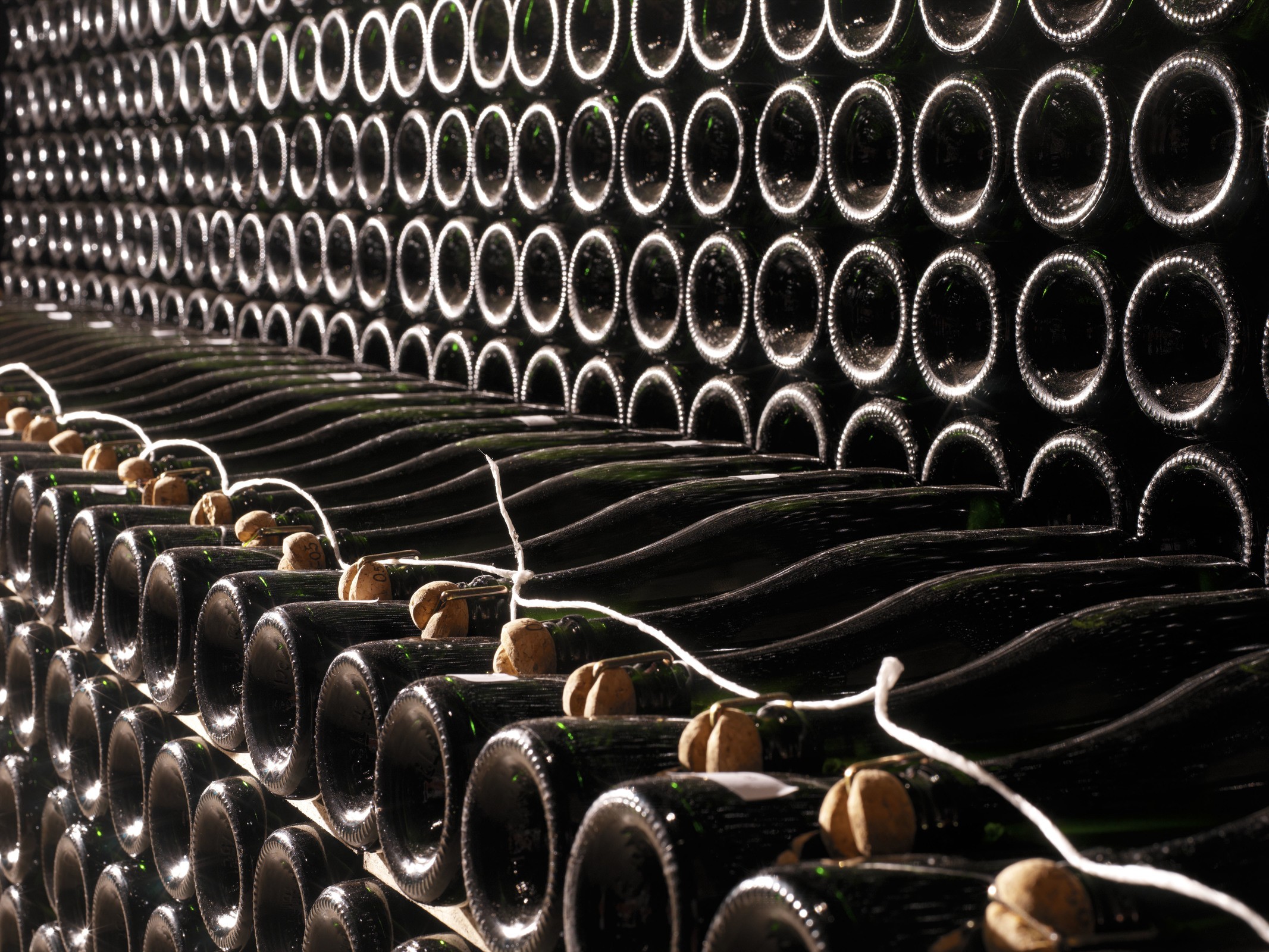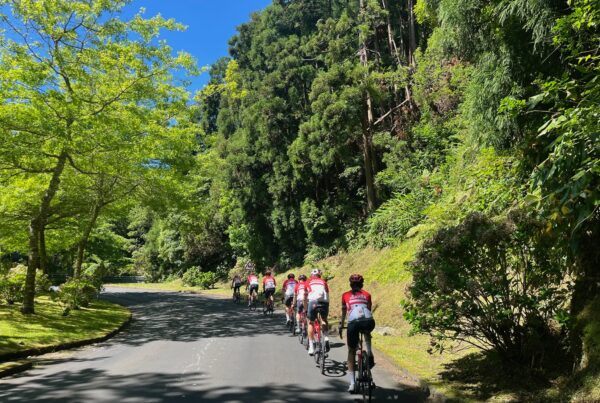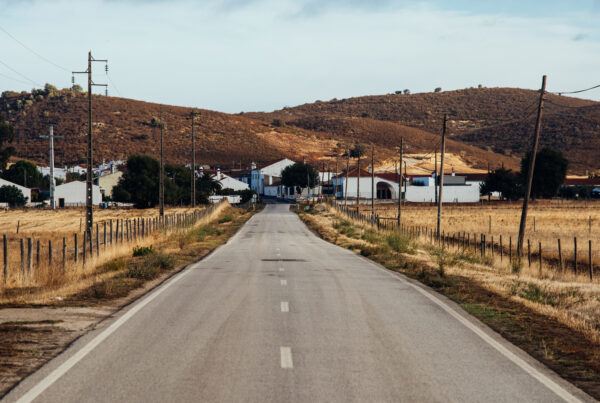Have you tried Cava, the sparkling wine from Spain?
Because wherever you are in the world, with just one sip of this effervescent, golden drink, you’ll feel like you’ve been transported to Spain. You can imagine basking in the sun, exploring the beautiful villages and beaches, and savoring delicious tapas. Cava is laidback, fun, and a reason to raise a glass any day of the week.
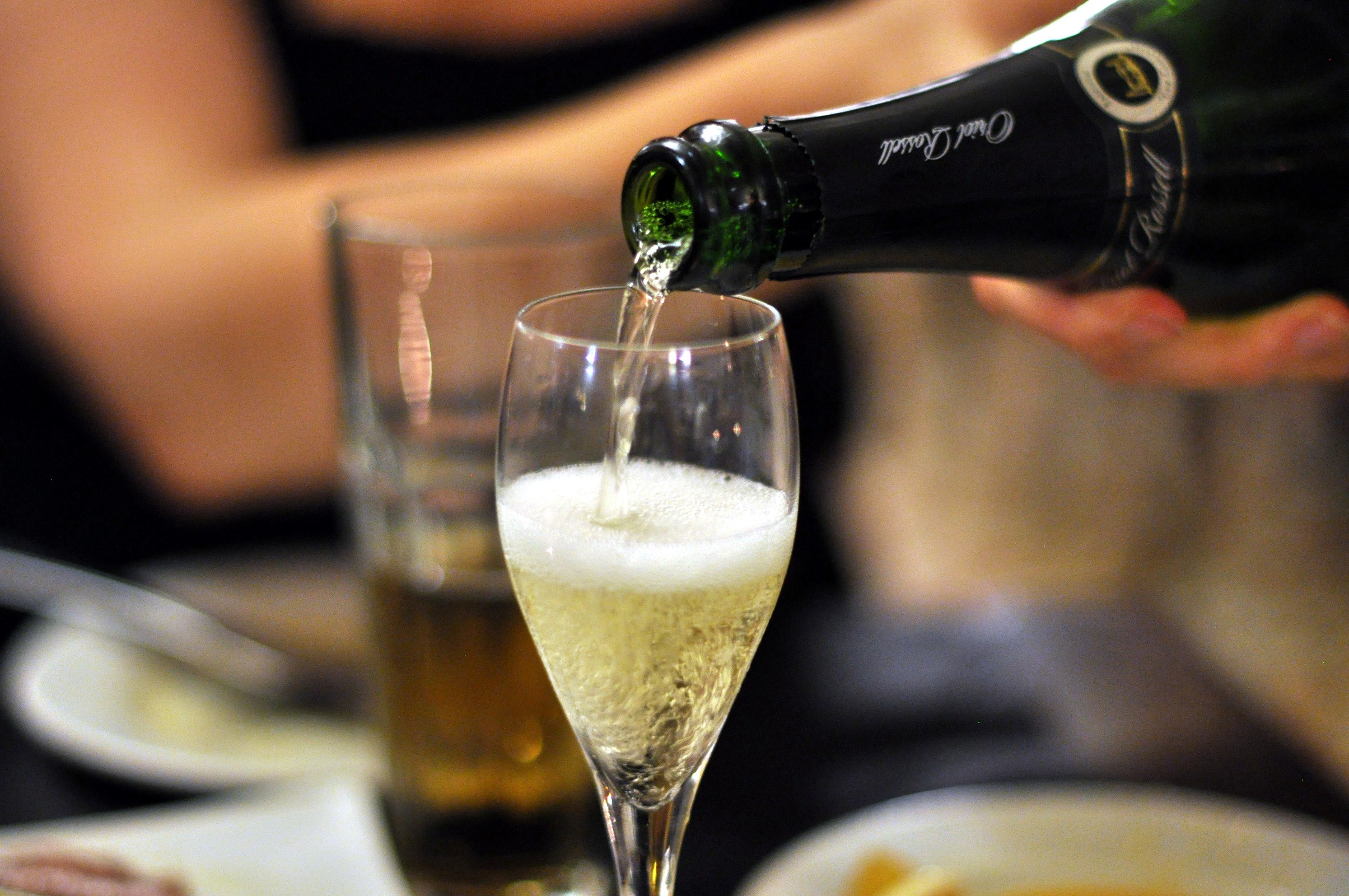
How is it produced?
Produced in various regions of Spain, including Zaragoza and Tarragona, most Cava comes from the unique terroir of Catalonia, particularly the district of Pènedes, which is only 45 minutes from Barcelona.
Here, vineyards flourish in soils rich in limestone, at elevations ranging from 200 to 500 meters, in green and serene areas bathed in a Mediterranean climate with hot days and chilly nights, the perfect conditions for cultivating grapes with distinctive flavor and character. Unsurprisingly, Spain has become the world’s second-largest producer of sparkling wines, beaten only by France and its beloved Champagne.
Cava has a dual meaning—it can refer to the drink itself or the cellar in which it is produced. And it’s fascinating to think that it was only in the late 1800s that Catalans were introduced to this type of wine, thanks to their role as cork suppliers to champagne wineries in France.
Inspired by the French, the Spanish began crafting their very own wines using the same technique, known as “methode traditionnelle.” Producing this beloved beverage requires enormous dedication and precision. The white grapes—Macabeo, Parellada, and Xarel·lo—are harvested by hand between August and October and pressed like any other wine. The real magic happens during a second fermentation, where yeast and sugar are added to create the festive fizz. The bottles are then placed in a pupitre at 45° and turned by hand daily for at least 9 months before being sealed with a signature cork.
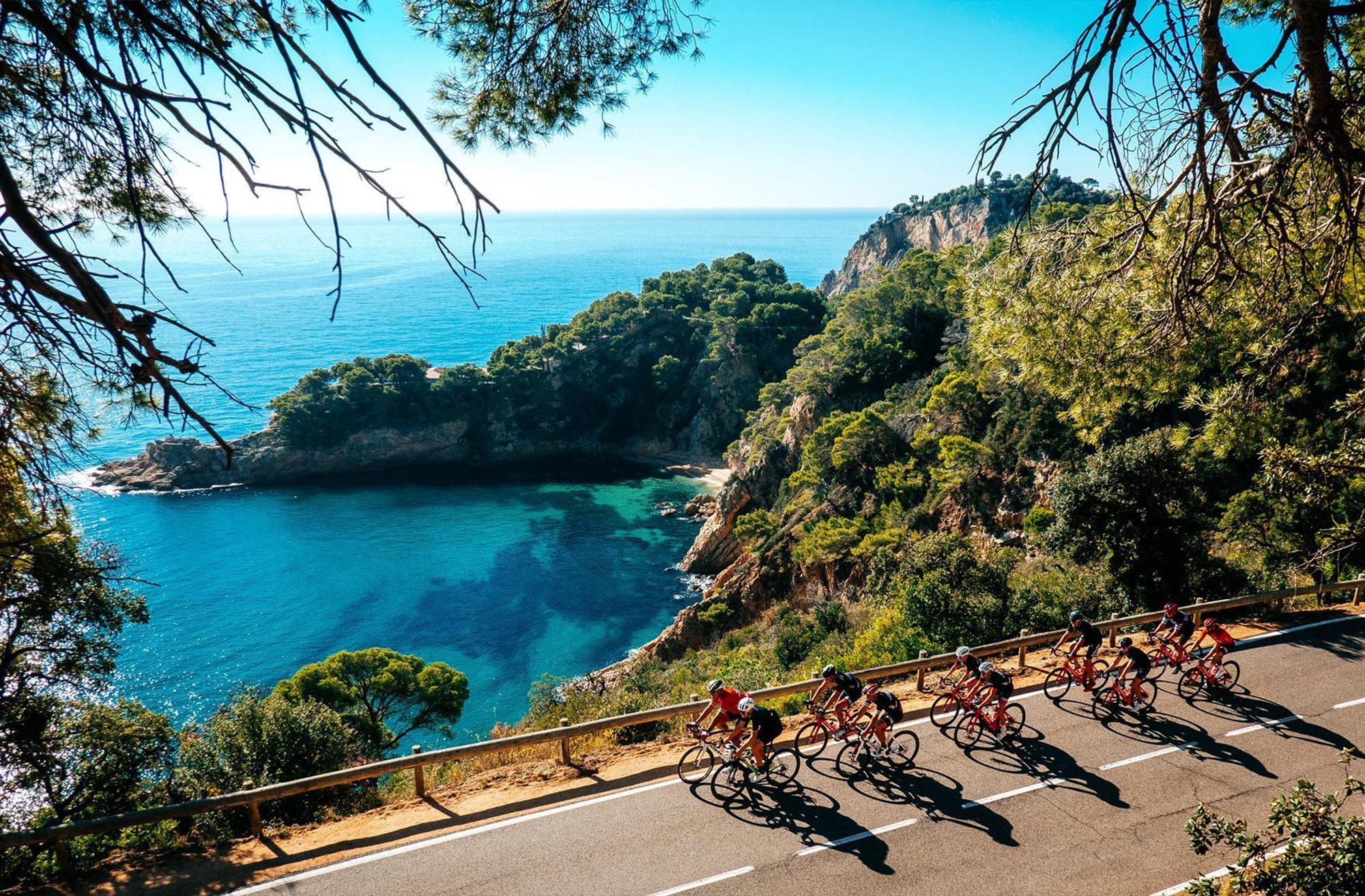
How to buy it at your local wine shop?
Cavas are then classified into three categories, depending on their fermentation time in the bottle. Cava de Guarda (9 to 17 months) is lighter and fruitier, while Cava Reserva (18 to 30 months) and Gran Reserva (over 30 months) are more complex and aromatic.
And if you’re wondering how to tell them apart, look at the stamps on the bottle. White stamps signify a minimum of 9 months, green for Cava Reserva, and black for Cava Gran Reserva. So, next time you’re in a shop, look at the stamps and know precisely what you’re buying. They are also classified depending on the amount of sugar per liter (measured in grams) from Brut Natur with 0 grams to Dulce with 50 grams.
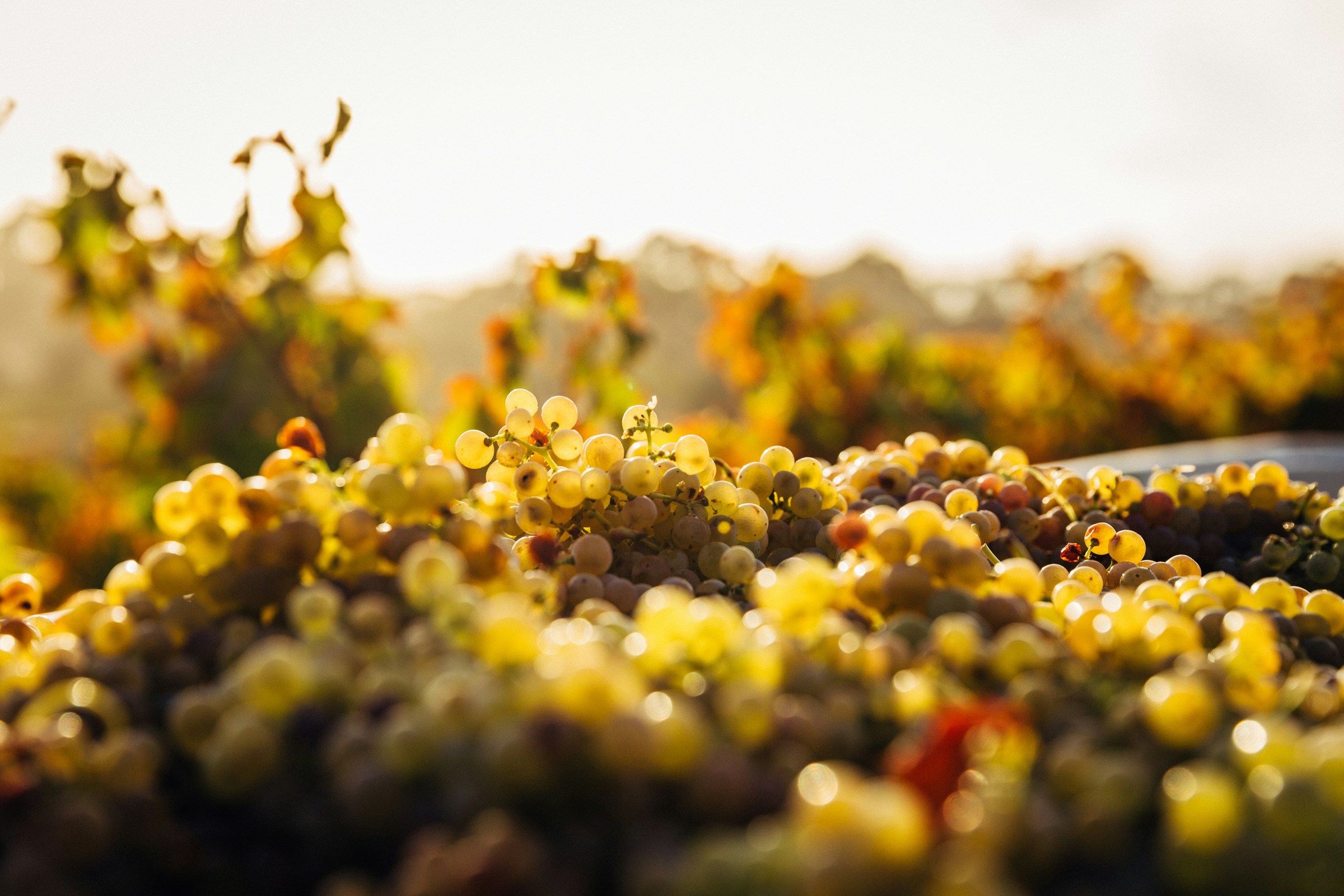
What does it taste like? How do I pair it with food?
Sipping Cava is like taking a plunge into a crisp, citrusy pool. As you savor the taste, you’ll pick up notes of fresh citrus, brioche, white flowers, and even a hint of green apples. If the Cava is on the younger side, you’ll notice the primary aroma of the grapes. But if it’s a bit more mature, you’ll feel secondary aromas that arise from prolonged aging in contact with the yeast.
When pairing Cava with food, there are plenty of options to choose from. We suggest a sweet wine for desserts and a good Brut or Brut Nature for special occasions. But, honestly, you can enjoy it with any meal.
From a traditional hearty Catalan breakfast to a light apéritif before dinner, Cava is versatile for every occasion. It pairs beautifully with roast chicken and cured or cooked meat, thanks to its bubbles and touch of acidity that cut through the richness of these dishes perfectly. It’s even refreshing on the beach and a natural accompaniment to a birthday cake. Just remember to chill the bottle in a bucket of ice water and never store it in the fridge or serve it with ice.
”It’s very hard to not like Cava. And if you care about terroir; if you care about biodynamic wine production, you have it all in Catalonia. To me, cava goes with everything. Whatever food you have, it will work.
Aldo Sohm

Where can I try it in Catalonia?
If you’re a true Cava enthusiast, you simply can’t miss a trip to the beautiful Penedès wine region, a fantastic day trip from Barcelona.
You can visit two famous Cava producers, Freixenet and Cordoniu, learn about the Cava-making process and taste the wonderful drink. For a more intimate experience, you can try Caves Nadal, a 16th-century winery that started producing Cava in the 1940s. And don’t forget to mark your calendar for Cava events throughout the year, such as the Cavatast exhibition and Setmana del Cava celebration, held in Sant Sadurní d’Anoia, the capital of Cava. The festival includes an international Cava congress, a popular lunch, and even the election of the Queen of Cava.
